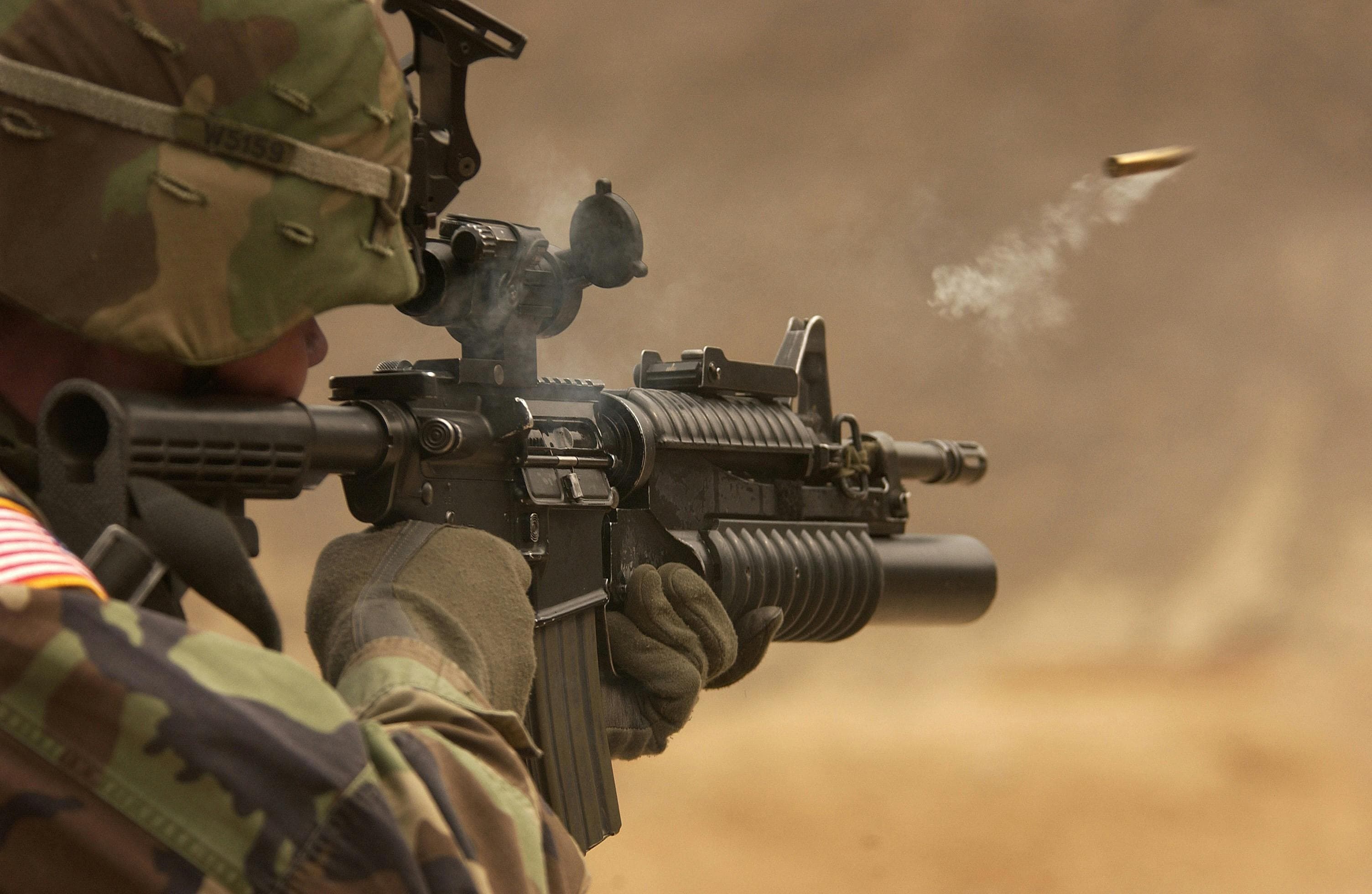Operation Sindoor: A Comprehensive Overview

Operation Sindoor: A Comprehensive Overview
...
Execution Phases
Phase 1: Reconnaissance and Infiltration Detection
The initial phase focused on comprehensive intelligence operations to identify insurgent hideouts, supply routes, and sympathizers. Extensive aerial surveillance and ground reconnaissance were conducted to pinpoint targets.
Phase 2: Surgical Strikes and Area Clearance
Following the intelligence phase, forces carried out precise surgical strikes against identified militant camps. These strikes aimed to incapacitate insurgent capabilities while minimizing civilian casualties.
Phase 3: Area Domination and Civic Engagement
Post-clearance, security forces established control by setting up checkpoints, conducting patrols, and restoring governance mechanisms. Simultaneously, civil welfare programs and community outreach initiatives were launched to build trust.
Phase 4: Sustained Surveillance and Prevention
The operation incorporated sustained surveillance to prevent resurgence. Advanced monitoring systems were installed, and rapid reaction teams were maintained to address any emerging threats.
Challenges Faced During Operation Sindoor
Operation Sindoor was not without its challenges:
- Difficult Terrain: Mountainous and forested regions posed logistical and operational difficulties.
- Insurgent Tactics: Guerrilla warfare, improvised explosive devices (IEDs), and civilian camouflage complicated engagements.
- Information Warfare: Propaganda and misinformation campaigns aimed to undermine morale and public support.
- Humanitarian Concerns: Ensuring minimal civilian harm while executing military objectives required careful precision and discipline.
Key Successes and Impact
Despite challenges, Operation Sindoor achieved significant milestones:
- Neutralization of Key Leaders: Several high-profile insurgent commanders were apprehended or neutralized.
- Disruption of Terror Networks: Supply chains and communication lines were effectively dismantled.
- Enhanced Border Security: Infiltration attempts were drastically reduced, securing vulnerable areas.
- Improved Civil-Military Relations: Community outreach fostered goodwill and cooperation.
- Stabilization of Affected Areas: Law and order were restored, allowing normal life to resume.
Lessons Learned
Operation Sindoor highlighted critical lessons for future operations:
- Importance of Intelligence: Timely and accurate intelligence is paramount for successful counter-insurgency.
- Integrated Approach: Coordination between military, paramilitary, intelligence, and civil administration enhances effectiveness.
- Technology Adoption: Incorporating modern surveillance and communication tools provides tactical advantages.
- Community Engagement: Winning the hearts and minds of local populations is essential for sustainable peace.
- Training and Preparedness: Specialized training in guerrilla warfare and counter-IED tactics improves operational readiness.
Future Prospects and Continuing Efforts
While Operation Sindoor marked a major victory, ongoing vigilance remains necessary. The government continues to:
- Monitor potential insurgent activities with updated technology.
- Strengthen socio-economic development programs in vulnerable regions.
- Foster regional cooperation with neighboring countries to curb cross-border terrorism.
- Enhance rapid response capabilities to emerging threats.
Conclusion
Operation Sindoor stands as a testament to India's determination to safeguard its territorial integrity and maintain peace within its borders. Through careful planning, coordinated execution, and a comprehensive approach involving security forces and civil society, the operation has significantly weakened insurgent networks and contributed to the nation’s stability.
As India progresses towards a secure future, the lessons and successes of Operation Sindoor will continue to shape counterterrorism and security strategies, ensuring that peace and prosperity prevail.
References
- Ministry of Defence, Government of India. Operation Sindoor: Official Reports.
- Sharma, R. (2023). Counterterrorism Strategies in South Asia. New Delhi: National Security Press.
- Singh, A. (2024). Insurgency and Peacebuilding in India. Oxford University Press.
- Indian Army Archives. Operational Case Studies: Operation Sindoor.
